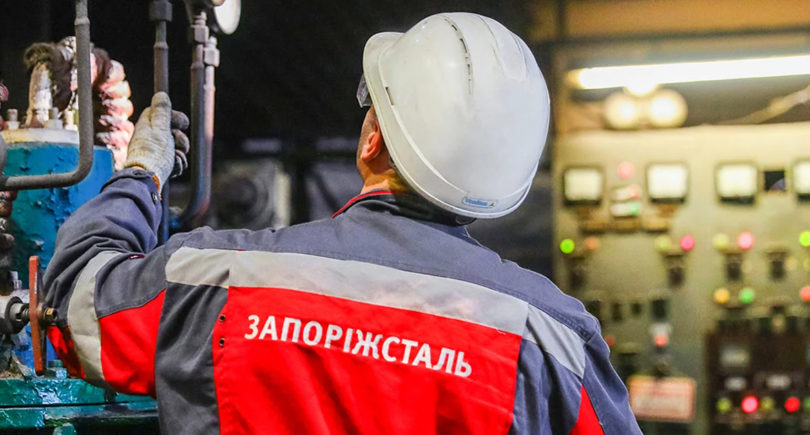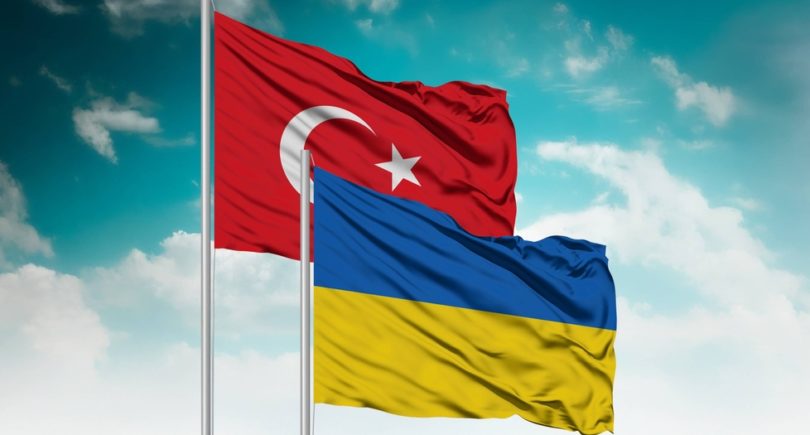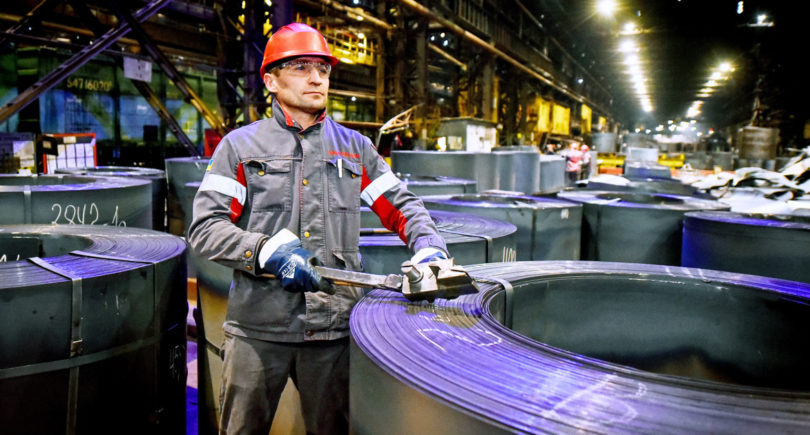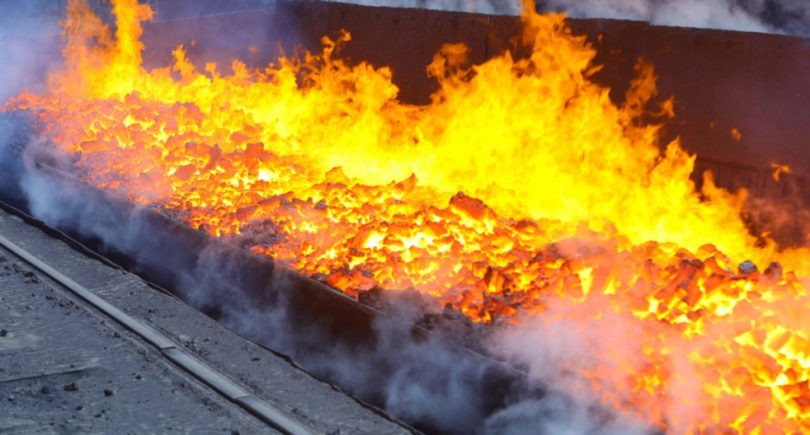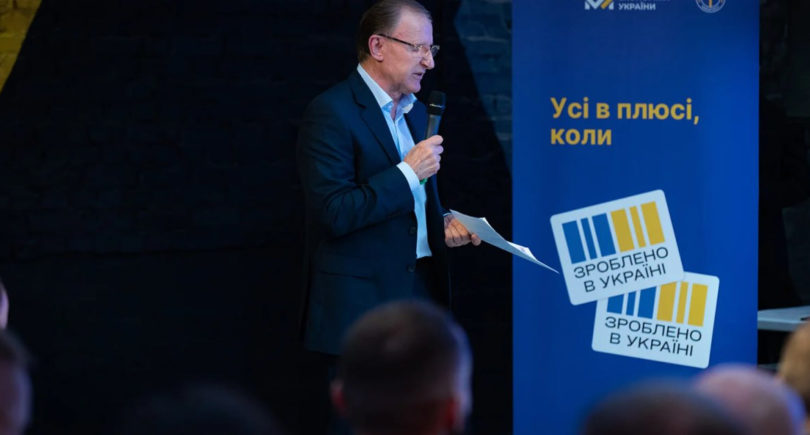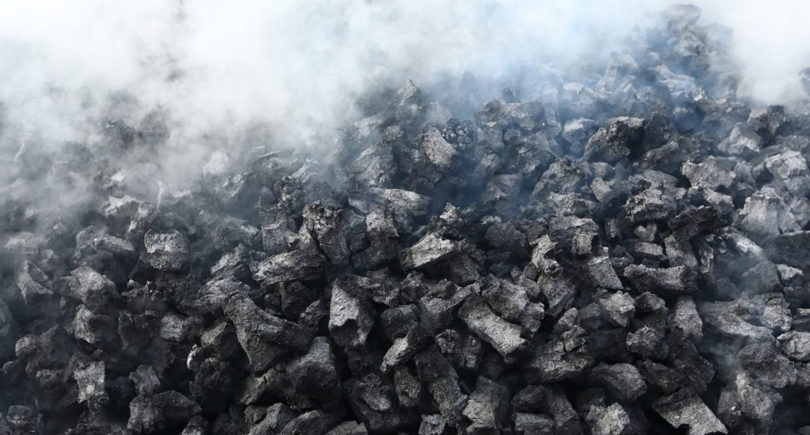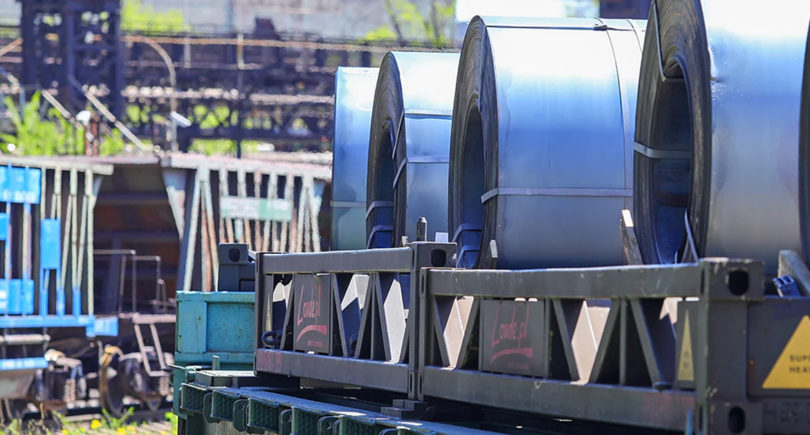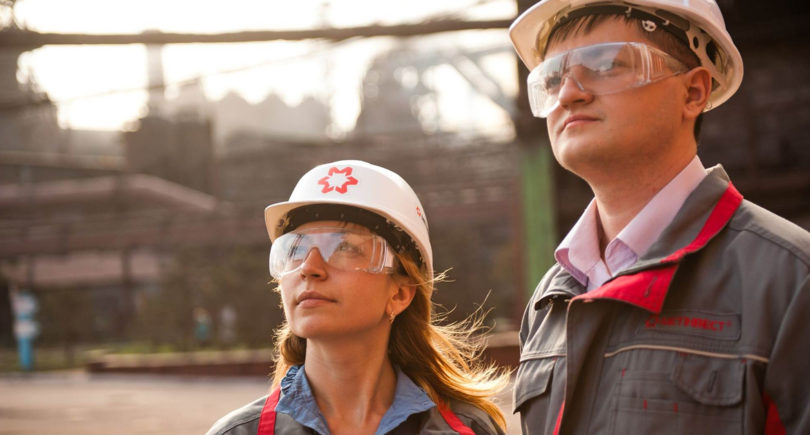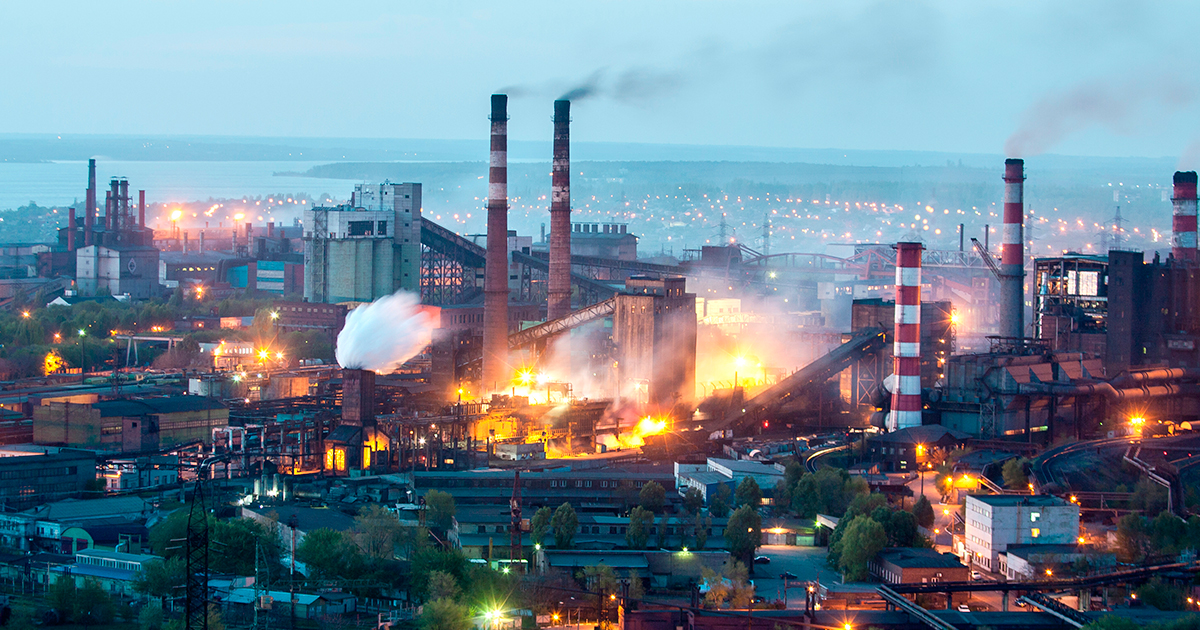
Zaporizhstal Iron and Steel Works
Zaporizhstal is a fully integrated steel company. It is one of a few world’s companies where steel is produced using open-hearth method. The company specializes in flat products: hot rolled coils and sheets, cold rolled sheets, coils of carbon and low-alloy steels, as well as steel stripes and black tin. Zaporizhstal has a sinter plant. Officially, Metinvest Holding has a 49% stake in Zaporizhstal. The company works in close cooperation with Zaporizhzhia Coke Plant and Zaporizhogneupor, a manufacturer of refractories — both controlled by Metinvest Holding.
Production capacity
Hot rolling shop, 3,600 thousand tons:
- plate mill 1680
Cold rolling shops No. 1 and No. 3, 1,000 thousand tons:
- mill 2800
- 2 mills 1680
- mill 1200
- mill 1700
- 2 narrowband mills 450 and 650
Staff and wages
* per worker before taxes
Charts and tables
Production results, thousand tons
Indicative sales structure by products in 2020*
Indicative sales structure by countries in 2020*
* structure of sales volumes, metric tons
Financial performance, $ million
| 2013 | 2014 | 2015 | 2016 | 2017 | 2018 | 2019 | 2020 | |
|---|---|---|---|---|---|---|---|---|
| Sales | 1697 | 1858 | 144 | 1295 | 1757 | 2165 | 1788 | 1693 |
| EBITDA | 153 | 378 | 324 | 341 | 265 | 299 | -95 | 36 |
| EBITDA margin | 9.0% | 20.4% | 22.5% | 26.4% | 15.1% | 13.83% | -5.3% | 2.1% |
| Net income | 1 | 94 | 83 | 183 | 126 | 186 | -150 | -136 |
| Net income margin | 0.1% | 5.1% | 5.7% | 14.1% | 7.2% | 8.58% | -8.4% | -8.1% |
| CAPEX | 56 | 77 | 45 | 75 | 120 | 74 | 88 | 51 |
Key facts
2021
Zaporizhstal modernized the aspiration system with an investment of $ 8.5 million
2020
Zaporizhstal in 2020 saved $5.5 million due to energy modernization
Zaporizhstal mastered eight new types of products in 2020
2020
Zaporizhstal expects to maintain steel production volume in 2020 at the same level as in 2019, with a focus on improved product quality.
2019
In 2017–2019, Zaporizhstal reduced gas consumption by 240 million cubic meters as part of a project on exchange of secondary gases with Zaporizhzhia Coke Plant.
In 2019, Zaporizhstal increased its shipments by river transport by 36% to 905 thousand tons. Hence, the company uses river transport to supply around 25% of its products.
According to the company management, Zaporizhstal expects to finish negotiations with creditors about financing of BOF shop building, that will replace open-hearth furnace production. CAPEX to the project amounted $1.5 bln. Design works will be completed in 2020. Period of project– about 5 years.
Zaporizhstal within the framework of a pilot project of the World Bank is developing a sample system for monitoring and reporting greenhouse gas emissions. Zaporizhstal experience will help develop a scheme to calculate and account for greenhouse gas emissions for Ukrainian industrial companies, that is important in the process of implementing CO2 quotas trading system.
2018
Zaporizhstal develops river shipments. In 2018, the company exported 670 thousand tons of cargo to Turkey, Macedonia and Serbia along the Dnieper.
In December 2018
Zaporizhstal announced the completion of reconstruction of the sinter plant, which made it possible to reduce dust emissions by 90% and sulfur oxide emissions by 50%. Also, vacuum extraction systems of each blast furnace enable dust removal up to 20 milligram per cubic meter. Since 2012, the company has invested some UAH 9 billion in environmental activities.
In 2017
The blast furnace No. 3 was reconstructed. The project was implemented in a record period of time — only 8 months. Investment in the project amounted to UAH 1.9 billion.
The company is working on replacing open-hearth furnaces with BOFs and introduction of CCM (continuous casting machine) technology. The capacity is expected to rise up to 5 million tons of steel. The project is estimated at about $1–1.3 billion. In 2018, design works were performed, and a possibility of raising funds from European banks and international financial organizations is being considered.
2012-2018
According to Zaporizhstal’s top management, efficiency measures from 2012 to 2018 reduced the cost of rolled products by $93 per ton.
Data source for sections “Production results”, “Sales structure”, “Financial performance”: GMK Center calculations, based on companies`annual reports and web-sites data, media sources

